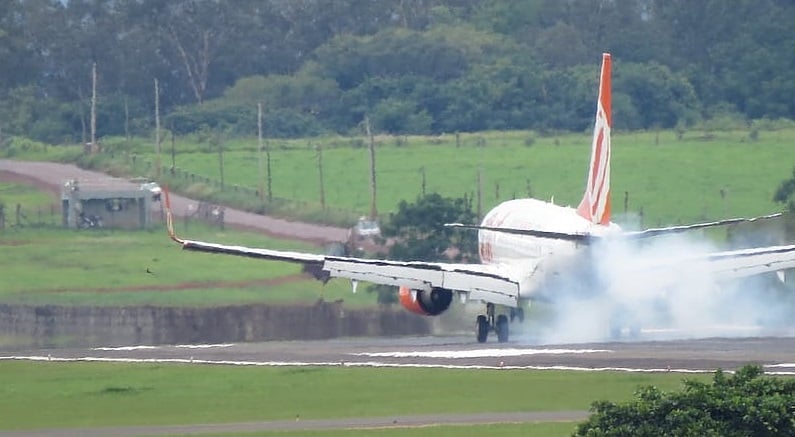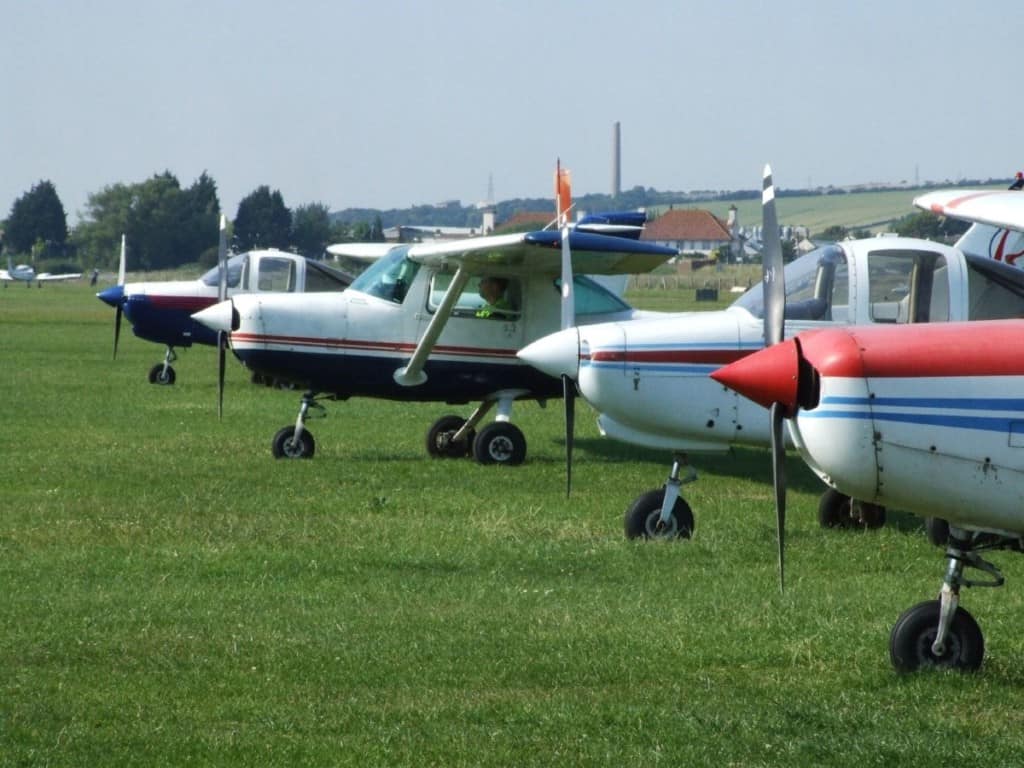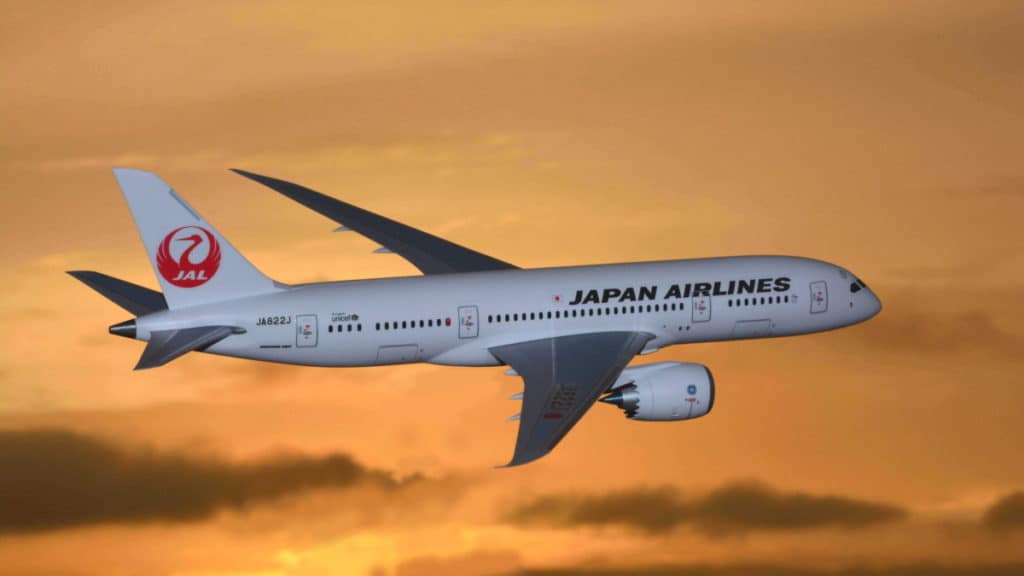
Whether you’re running an airline or simply looking for a small Cessna for personal use, you’ll want your plane to last as long as possible. Luckily, aircraft are generally overbuilt and can handle decades of intensive flying.
Commercial and private aircraft are built to last over 40 years of continuous operation. A plane’s life cycle is also heavily influenced by flight hours, number of takeoffs and landings, and total number of pressurization cycles. A typical aircraft’s lifespan is around 25 years of operation.
Besides technical issues, other factors can affect how long airlines choose to keep their planes in the air. Keep reading to learn more about how long large and small planes last and what affects an aircraft’s lifespan.
How Long Do Large Airliners Last?
Large commercial airliners cost anywhere from $80 to $400 million at list prices. Airlines are therefore incentivized to keep their jets flying as long as possible to spread out acquisition costs of airliners through decades of operation.
A commercial airplane can last well over 40 years in operation, with the longest commercial jet in operation today being over 47 years old. The 737-200 from Nolinor Aviation is still operating charter flights out of its base in Montreal-Mirabel International Airport as of February 2022.
Although a plane can remain airworthy well into its forties, airlines are encouraged to have a high aircraft turnover as newer and more fuel-efficient versions are released. For example, the Boeing 737, the most commercially-successful plane ever made, has gone through several different models during its lifespan, these are:
- 737-100
- 737-200
- 737 Classic Line
- 737 NG Line
- 737 MAX Line
Each new generation of aircraft offered significant reliability and cost reduction improvements, prompting airlines to replace previous models before they were operationally obsolete. High fuel prices can also prompt airlines to significantly speed up their fleet renewal plans for more fuel-efficient aircraft

Join My Newsletter & Get Great Tips, Information and Experiences To Help You Become a Superb Pilot!
Other economic factors may also encourage an airline to phase out aircraft soon before they’re due for retirement. Singapore Airlines, the launch customer of the Airbus A380, retired a 10-year-old A380 double-decker aircraft in 2017, significantly cutting its time short. The decision to retire the superjumbo was due to a change in passenger preferences that made the aircraft type obsolete.
As of 2021, Airbus stopped the manufacture of its most iconic aircraft due to a lack of customer demand. This aircraft type is only 15 years old. Compare that to the Boeing 747 which was manufactured for 52 years with the last 747 planned to roll out of the factory in 2022.
How Long Do Small Airplanes Last?
Small airplanes like Cessnas, Pipers & Supercubs can last well over 40 years. The longest-flying small airplane was a 1928 Cessna AW that was still making successful flights as of 2011 at an age of 83 years old. Regular maintenance, storage in a hanger, and diligent owners improve aircraft lifespan.

Most small aircraft are retired, not because they become unsafe but because maintenance becomes too large an economic burden. Aircraft maintenance checks become increasingly expensive as they age due to more aircraft components needing detailed inspection and/or replacement.
Just like a vehicle, there comes a time when the cost of maintaining and repairing an old aircraft becomes too large to make financial sense. At this point, many airplane owners will look to replace the aircraft with a younger used model.
What Dictates an Aircraft Lifespan?
An aircraft’s lifespan is generally dictated by its number of flight hours, takeoffs & landings, and pressurization cycles. An enormous amount of pressure is put on a plane’s components each time it goes into the air, so intensive, regular flying will significantly reduce an aircraft’s lifespan.
Many components on an aircraft can be limited by either cycle time, meaning how many cycles it completes (Landing gear or tires for example), a number of hours flown limitation (For example the main rotor blade has to be replaced after 2200 hours of flight regardless of its condition), or a calendar date limitation (For example if the aircraft is never flown but reaches a set calendar date, eg 12 years since the last overhaul) it could need a replacement component or inspection regardless if it has flown or not.
However, just because an aircraft is still airworthy doesn’t mean someone will want to fly it. Frequently, aircraft are scrapped for parts well before they’re deemed too old to fly due to the lack of demand. The Airbus A380 mentioned above is a great example of this.
Just like a vehicle, an aircraft’s lifespan tends to be dictated by how expensive maintenance costs become vs the income it generates or the usage it gets from its owner. The older an aircraft becomes and the more flights an aircraft operates, the more expensive and frequent its maintenance checks will become.
Learn More…
Try These Articles:
* What Fuel Do Aircraft Use? – Same As Your Car???
* Ever Wonder How Pilots Know Where To Go? This Is How!
What Prematurely Ages Aircraft?
High utilization and short flight legs will prematurely age an airplane. Airlines that fly many short flights will age their aircraft a lot quicker than those with longer flight times. In general, the shorter the flight, the more strenuous it’ll be on an aircraft.
Short flight durations can an issue for airlines that need to operate short hops. Hawaiian Airlines, for example, operates the most extensive inter-island flight schedule of any airline in Hawaii. With flight times often under 20 minutes, they’ve struggled to find an aircraft durable enough to handle these missions in a cost-efficient manner. So far, they’ve stuck with the Boeing 717 for its reliability.
Airplanes will have a maximum number of cycles before it needs particular maintenance. A cycle is deemed as a takeoff, flight, and landing. The short flight legs between the Hawaiian islands mean that these aircraft cycle faster than those flying the long-haul routes between Los Angeles and Tokyo for example.
Even though there may be lots of time left before the scheduled maintenance inspection, the cycle count may be reached a lot sooner making the aircraft need more components compared to the same aircraft on longer flight routes. This increases the operating cost.
How Often Do Airlines Replace Airplanes?
Airlines will usually phase out planes before they reach their third maintenance ‘D-Check’, usually due around the time the plane turns 24 years old. Airlines may replace airplanes sooner if new, more fuel-efficient airplanes become available for the routes the airline flies.

Airlines are incentivized to prematurely replace their fleet if airplane manufacturers release new aircraft that are much cheaper to operate. This can happen when new aircraft types become available (such as the Boeing 787 or Airbus A350) or when newer models of the same aircraft type are developed which offer significant reductions in fuel consumption (such as the Boeing 737-MAX and the A320NEO).
Large airlines are also known to steer clear of the infamous third D check.
(You can find out more about the different checks an airliner has to undergo HERE at National Air Academy’s website).
Depending on the aircraft type, that aircraft has to undergo heavy maintenance once every six to ten years, this is the D-check and it can take anywhere from 30,000-50,000 person-hours to complete!
The first couple of D checks in an aircraft’s lifespan will decommission a plane for a couple of months. D checks usually don’t become cost-prohibitive until they reach the third check, which can cost millions of dollars. Since aircraft maintenance personnel need to strip down the plane to inspect every part, the process can become far too expensive in older jets.
Airlines often plan their fleet renewal process so that a newer (and usually more fuel-efficient) plane can replace an older plane’s spot before they have to pay for the third D check. Otherwise, an airline may choose to perform a D check on its planes if it can’t secure a suitable replacement.
Learn More…
Try These Articles:
* How Do Aircraft Avoid Each Other?
* Why are Unpainted Aircraft Green or Yellow?
To Finish
If airlines really wanted to, they could keep their planes in the air well after they turn 40. Planes follow strict maintenance schedules to ensure airworthiness, so planes can stay in service for decades as long as they’re properly cared for.
However, the economics make it impractical for old airliners to continue operating for too long. Most airlines will replace their planes right before they hit that third D-check, usually when the plane is around 25 years old.

